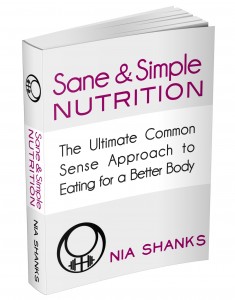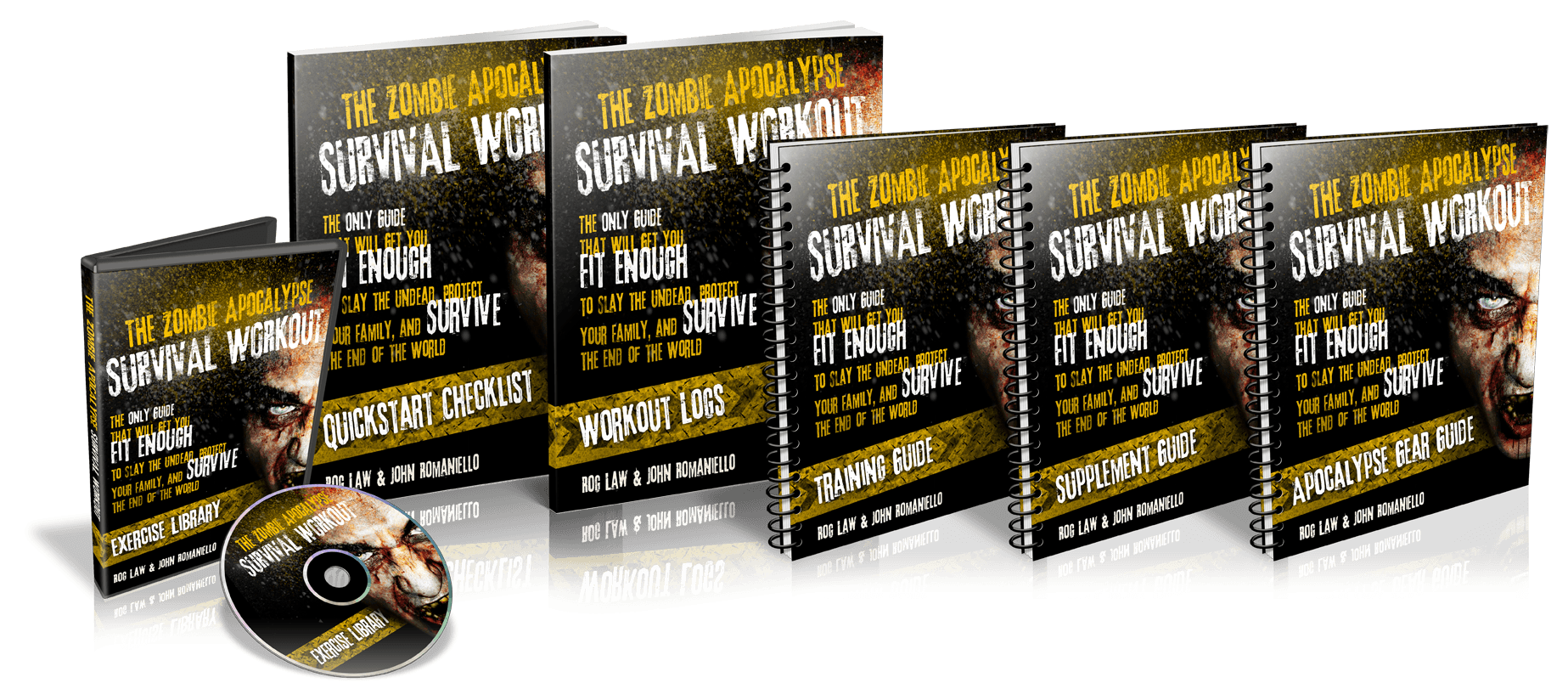1. Another busy weekend in the books! Yesterday I had the pleasure of being invited to speak at the New Hampshire Athletic Trainer’s Association annual symposium.
A few year’s back I remember attending a similar function with Eric at Northeastern University and walking in with jeans on and feeling completely out of place. Apparently I missed the memo (and it’s an unspoken rule) that athletic trainers have a tendency of wearing nothing but tan khaki pants! LOLz.
Not that I would ever consider speaking in a pair of jeans (unless I was speaking at Google), but I did make it a point of wearing tan khaki pants yesterday so that I wouldn’t stick out like a sore thumb. Success!
And speaking of success, yesterday was awesome. First on the docket was Dr. Eric. Berkson (Director, MGH Sports Performance Center, Instructor in Orthopaedic Surgery at Harvard Medical School and team physician to the Boston Red Sox and New England Patriots), who talked at length about common shoulder and elbow injuries seen in pitchers. Many of his thoughts, not surprisingly, mirrored that of ours at Cressey Performance – especially with regards to placing more credence in symmetry of TOTAL range of motion between (IR + ER) between the dominant and non-throwing shoulder.
Expectantly, lack of IR, commonly referred to at GIRD (Glenohumeral Internal Rotation Deficit), is predictive and not quite the “red flag” it was 2-3 years ago.
Additionally he stressed that many of the throwing injuries we see in young(er) baseball players is due to overuse, misuse, and not paying attention to pitch counts.
And then there was me, Tony Gentilcore (who has no affiliation with Harvard what-so-ever other than having a teeny-tiny man crush on one of their alumni, Matt Damon) who spoke more on the performance side of things. I delved into how we go about managing our overhead athletes, discussed some of the assessment process, spoke to the intricacies of dealing with a population that, unlike everyone else, lives in extension for a good portion of the year, gave the Cliff Notes version to breathing patterns and how we implement them, and maybe had a tip or two on how to improve one’s spin on their curveball….;o)
All in all it was an awesome afternoon and it was truly an honor to be involved in it.
2. Just a quick reminder that slots are still open for the Elite Training Workshop at Cressey Performance the weekend of April 20th. The line-up is BALLER, with the likes of Eric Cressey, Mike Roberson, Mike Reinold, Dave Schmitz, myself, Greg Long, and Jared Woolever slated to speak.
For $99 you can’t beat the price.
Go HERE for more details.
3. Last week I wrote a little sumthin sunthin on Strong Curves, the new book by my good friends Bret Contreras and Kellie Davis that I feel is going to be a game changer in the realm of women and fitness.
I won’t continue to sing its praises here (you can read my review HERE), but I do want to give everyone a heads up on another fantastic product by another good friend of mine, Nia Shanks.
Nia has openly discussed her (past) battle with disordered eating routinely on her blog, and I can’t tell you how much I respect her for not only showing how human she is, but that she’s so willing to help others in the process.
I don’t think I have to tell everyone reading that it takes a lot of guts to open yourself up like that to the masses.
Myself, many of my colleagues, as well as Nia have noticed an unfortunate trend in the nutrition world where things have gotten so convoluted and complicated that people have no idea what the hell they should be eating! This phenomena – thanks in no small part to the likes of the mainstream media and gossip magazines – seems to be hitting its tipping point in the female demographic.
To the point where I overhead a woman talking to her friend not too long ago in Panera explaining that she wasn’t sure if she should have an apple included with her lunch because of the carbs. Mind you, she was crushing a massive sandwich.
Anyways, Nia felt it was high-time to put an end to the madness so she developed her own answer to the problem.
===> Sane and Simple Nutrition <===
Cue slow cap here.
It’s an ebook, it’s nothing fancy (it doesn’t have to be), but the information is SOLID. I (along with Nia) don’t ever claim to have all the answers, but sometimes we just need to filter through the stupid and come back to common sense. And that is exactly what I wholeheartedly encourage anyone interested to check it our for themselves.
This ain’t NASA. Eat the apple!
4. Speaking of nutriton, I’m really, really fascinated by the food industry. More to the point, I’m almost at awe at the food industry’s Jedi-like “mind trick” powers at convincing people that certain foods are “healthy” when they’re clearly anything but. ORGANIC Toaster Pastries anyone???
Lisa dragged me into a Target yesterday (don’t judge me!), and we happened to walk through the food section and I couldn’t help but drown in the bullshit. I noticed that General Mills has a new variation of Cheerios out called Multi-Grain Cheerios w/ Peanut Butter!
The kicker is the advertising and how they gloat that the first ingredient is WHOLE GRAIN!!!!! Like whoa! I should be doing cartwheels down the aisle and kissing every baby I see within a mile radius.
Upon further inspection, the “whole grain” they’re referring to is none other than whole grain corn, followed by sugar. Naturally.
Sigh.
While it’s technically not wrong of them to say the first ingredient is a “whole grain,” I think it’s fairly egregious of them to use that as a selling point of tactic.
Now if you excuse me I need to go throw my face on an ax.
NOTE: for those interested in food industry shenanigans I’d highly recommend becoming a regular reader of Dr. Yoni Freedhoff’s blog Weighty Matters.
Awesome stuff.
5. For those looking to kill roughly five minutes, HERE’s a radio interview I did while I was back in my hometown last week prior to speaking at my Alma Mater.
The guy doing the interview LOVED my “abs are made in the kitchen” comment.
6. If you ever would have told me at some point in my life that I’d see my name in the likes of Forbes, I would have laughed. While I didn’t make the any list such as Most Powerful or Top Five People Most Likely to Be Issued a Restraining Order From Kate Beckinsale World’s Richest People, it was still pretty neat to see my name in print on their site.
Thanks for Greatest.com’s Chief Research Officer and Editor, David Tao, for asking me contribute on THIS article on Interval (or HIIT) training has changed the industry – for better or worse.
7. In other cameo appearance news, I also helped contribute to another article titled 16 Exercises from the World’s Best Trainers collected by Jon-Erik Kawamoto on Livestrong.com.
And that’s that.




